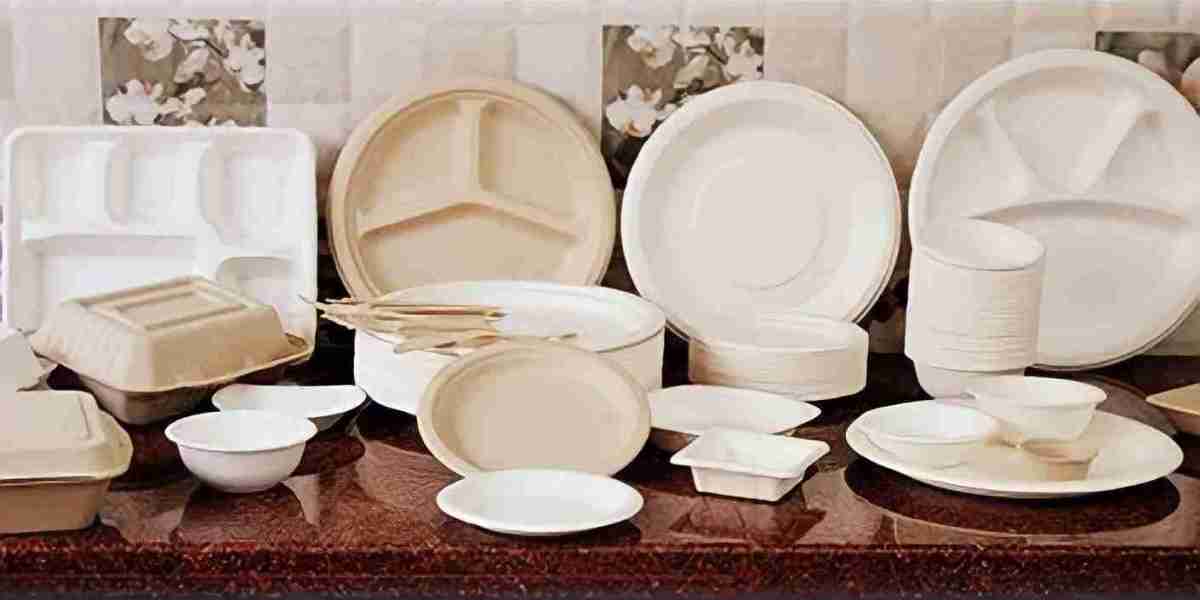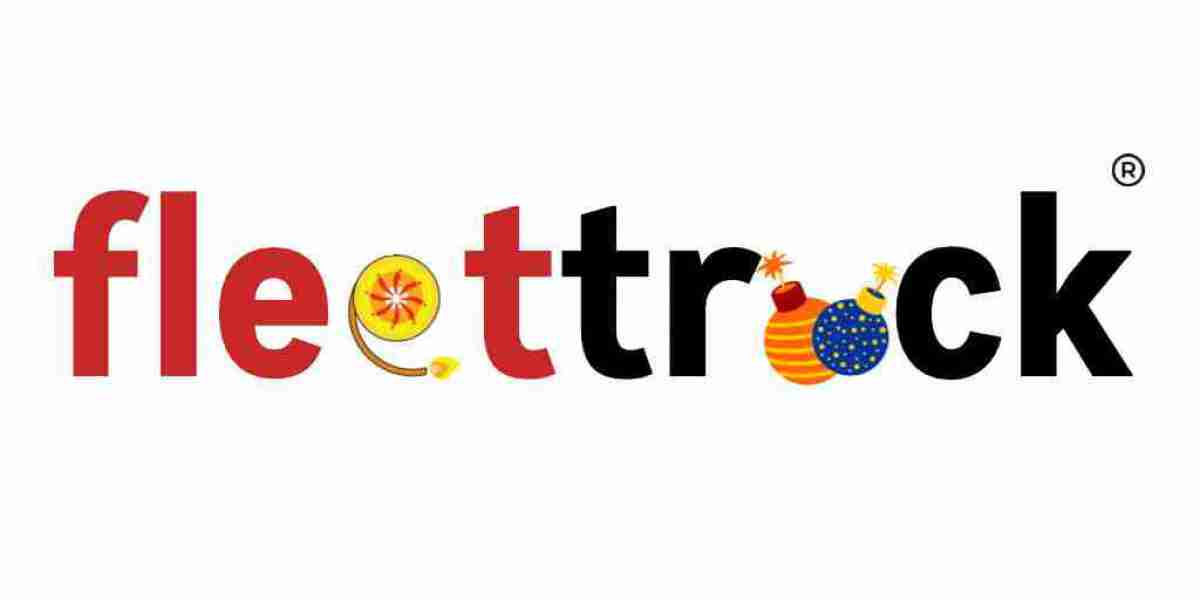Sustainable dining has gained traction in recent years, with eco-friendly alternatives like bagasse plates becoming popular choices for restaurants, caterers, and households. Made from sugarcane pulp, bagasse plates are biodegradable, compostable, and sturdy, making them an ideal replacement for plastic or Styrofoam. However, beyond their environmental benefits, these plates also provide a unique canvas for food presentation. Here are five creative ways to serve food on bagasse plates that enhance aesthetics, functionality, and sustainability.
1. Layered Plating for Gourmet Appeal
Presentation is a crucial aspect of fine dining, and layered plating can elevate even the simplest dishes. Using bagasse plates of different sizes or stacking food components strategically can create an elegant look. For example:
Start with a large round bagasse plate as the base.
Add a smaller plate or bowl for side dishes or sauces.
Use garnishes like edible flowers, microgreens, or drizzles to create contrast.
This technique works well for gourmet meals, multi-course dinners, or even casual settings where visual appeal matters. As bagasse plates are available in various shapes and sizes, experimenting with layered plating becomes effortless.
2. Rustic and Farmhouse-Themed Serving
Bagasse plates naturally complement rustic or farmhouse-style serving. Their earthy texture pairs well with wooden trays, bamboo cutlery, and linen napkins. Here are a few ideas:
Serve grilled meats and vegetables on a large bagasse plate with a side of fresh herbs.
Present charcuterie boards with cheeses, nuts, and fruits on compartmentalized bagasse trays.
Use twine-wrapped cutlery and eco-friendly decor to enhance the aesthetic.
This method is perfect for outdoor events, weddings, and farm-to-table restaurants that prioritize sustainability. Bagasse products manufacturers in India also offer customized shapes, adding more versatility to this style of serving.
3. Mini Tasting Platters for Tapas and Appetizers
Serving multiple small dishes on a single plate is an excellent way to create a tasting experience. Bagasse plates with compartments or small sections can be used for:
Tapas-style servings of olives, cheese, hummus, and crackers.
Mini desserts like macarons, brownies, and fruit parfaits.
Asian-style bento presentations with sushi, pickled vegetables, and dumplings.
This approach is ideal for food festivals, catering events, or restaurants that offer sampler menus. The use of disposable yet stylish plates makes cleanup effortless while maintaining an upscale feel.
4. Interactive DIY Food Stations
Interactive food stations are a fun and engaging way to serve meals, allowing guests to customize their dishes. Bagasse plates provide a sturdy foundation for these setups, ensuring convenience and hygiene. Some interactive serving ideas include:
Taco Bar: Guests can assemble their tacos with tortillas, various proteins, toppings, and sauces.
Salad Station: Offer fresh greens, toppings, dressings, and proteins for a build-your-own salad experience.
Dessert Bar: Serve a variety of toppings and bases, such as waffles, pancakes, or ice cream, for guests to mix and match.
These setups are popular at weddings, corporate events, and casual gatherings. Using disposable tableware exporter products ensures an eco-conscious approach while reducing post-event waste.
5. Elegant Single-Serve Packaging for Takeaways
With the rise of takeout and food delivery, presentation plays a crucial role in customer experience. Bagasse plates, when paired with eco-friendly lids or wraps, provide a chic alternative to plastic containers. Some innovative ideas include:
Bento-style packed meals: Arrange proteins, grains, and vegetables neatly on a compartmentalized bagasse plate with a secure lid.
Gourmet meal kits: Package ready-to-cook or ready-to-eat meals in bagasse plates for a high-end takeaway experience.
Dessert boxes: Serve individually portioned cheesecakes, tiramisu, or pastries in stylish, eco-friendly packaging.
These methods help brands stand out by offering sustainability without compromising on aesthetics. Additionally, with more customers becoming environmentally conscious, using compostable packaging can be a selling point.
Conclusion
Bagasse plates are more than just sustainable alternatives to plastic; they open up possibilities for innovative and artistic food presentation. Whether for fine dining, casual gatherings, or takeout services, these plates provide versatility and functionality while being eco-friendly. By implementing these five creative serving ideas, restaurants, caterers, and event planners can enhance their food presentation while promoting sustainability.
As the demand for biodegradable tableware grows, exploring unique serving methods can set businesses apart. By sourcing from reliable bagasse products manufacturers in India and disposable tableware exporters, establishments can combine aesthetics with sustainability, creating an unforgettable dining experience.














